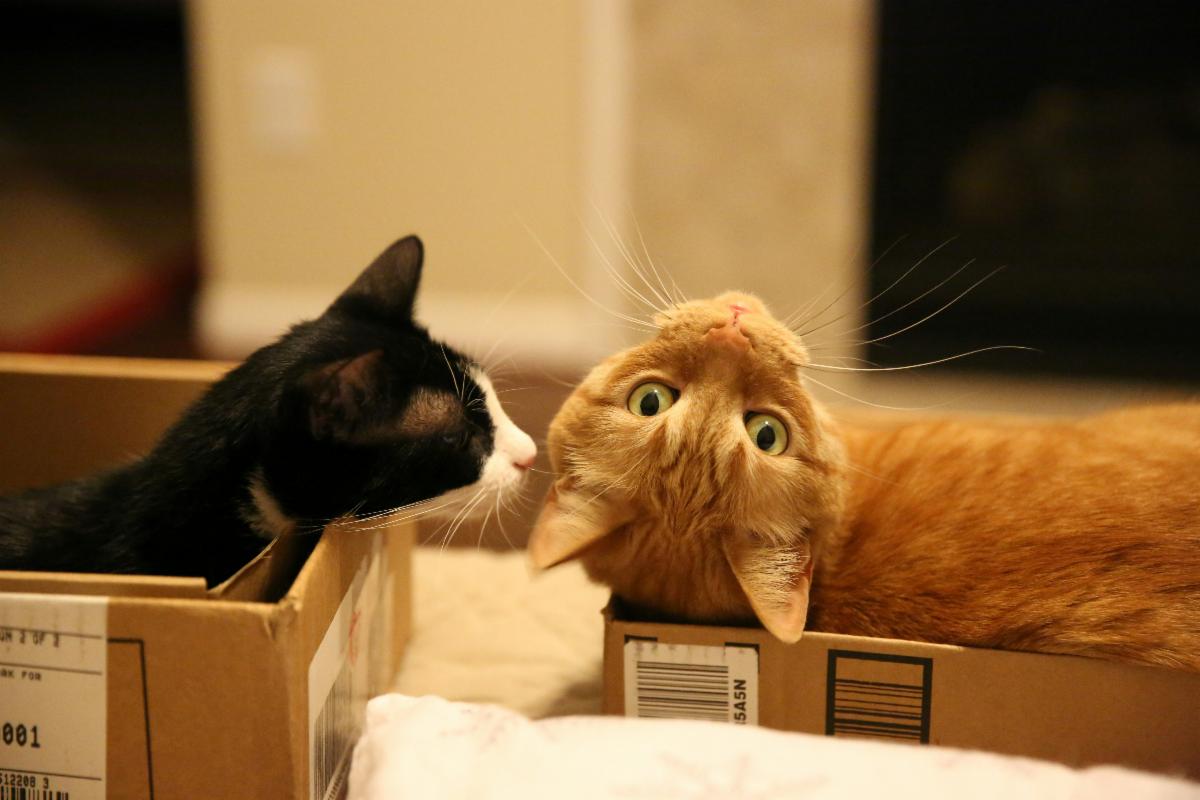In some ways, I’ve often considered it my greatest virtue, yet lately I’ve seen it perhaps more accurately as a double-edged sword.
Even the greatest poets and philosophers are divided.
On the positive side, it allowed me to survive boatloads of childhood trauma.
On the negative side, I’m often living much of my life recreating Schrödinger’s cat experiment, although more often than not, not with one kitten but a clutter instead.
All of this, namely, is about the (perhaps mixed) virtue of Hope.
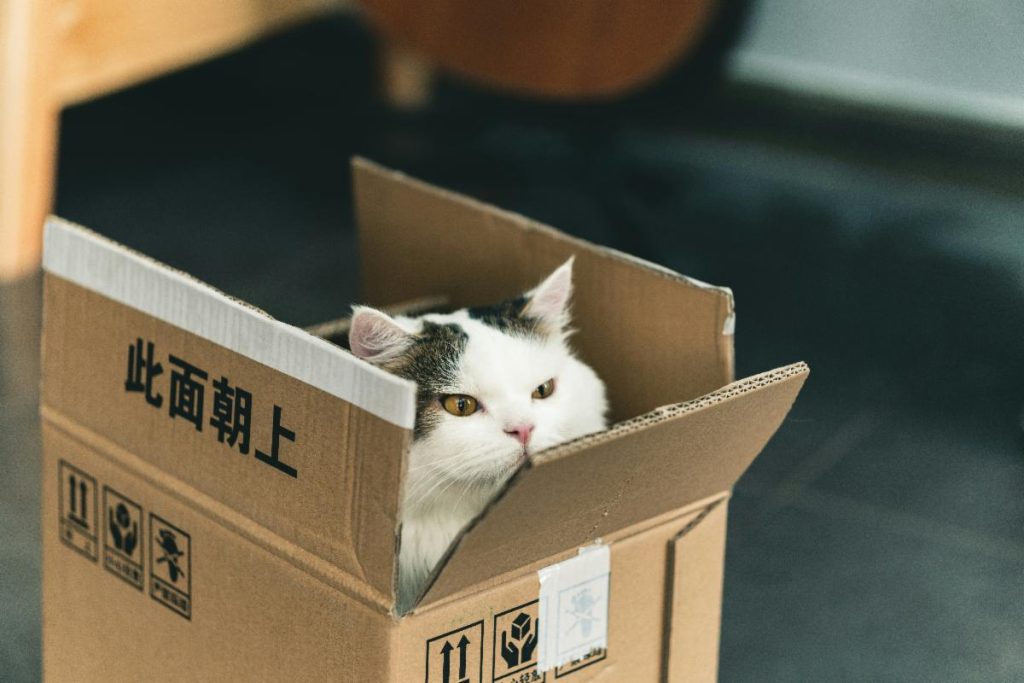
A quick Quantum Physics refresher.
Schrödinger’s cat is a famous thought experiment devised by Austrian physicist Erwin Schrödinger in 1935 to illustrate the strange behavior of particles at the quantum level when not observed.
In this hypothetical scenario, a cat is placed in a sealed box along with a radioactive atom, a Geiger counter, a vial of poison, and a mechanism triggered by the decay of the radioactive atom.
If the Geiger counter detects radiation (due to the decay of the atom), it will trigger the release of the poison, which would kill the cat.
(Again, this is entirely a hypothetical experiment; there’s no need to alert PETA).
However, since radioactive decay is a random process at the quantum level, there’s no way to predict exactly when the atom will decay.
Thus, according to the principles of quantum mechanics, before the box is opened and the cat is observed, the cat’s state is described as a superposition of two states: alive and dead.
In other words, until an observation is made, the cat is considered to be both alive and dead simultaneously.
While the point of this experiment is to challenge our classical understanding of reality by suggesting that particles can exist in multiple states simultaneously until they are observed or measured, that’s not my takeaway.
For me, it’s all about the Power––perhaps even the Tyranny––of Hope.
(IE, just how long can I stall my observations and keep that cat at least 50% alive).

Let’s get back to the poets and philosophers.
Take, for example, that encouraging line from the 18th century English poet Alexander Pope:
“Hope springs eternal
in the human breast.”
Or, 140 years later, in perhaps her most famous poem, Emily Dickinson wrote:
“Hope” is the thing with feathers –
That perches in the soul –
And sings the tune without the words –
And never stops – at all –
And sweetest – in the Gale – is heard –
And sore must be the storm –
That could abash the little Bird
That kept so many warm –
I’ve heard it in the chillest land –
And on the strangest Sea –
Yet – never – in Extremity,
It asked a crumb – of me.
This confidence in hope, that it cannot be defeated and silenced, generously offering eternal, even miraculous healing benefits, is in direct contrast to what Nietzsche wrote:
“Hope in reality
is the worst of all evils because
it prolongs the torments of man.”
So…which is it?
“The thing with feathers” or “the worst of all evils?”
It’s hard to imagine more opposed takes on anything, unless, of course, we consider once again Schrödinger’s cat––the one that’s simultaneously somehow both dead and alive.

Earlier, I mentioned that while growing up, my capacity for hope was perhaps my greatest survival mechanism.
In my darkest moments, envisioning a brighter future was what got me through the challenges (sometimes horrors) of the present.
While Stan Goldberg in Psychology Today begrudgingly describes hope as “a lubricant for getting through life’s difficulties” he’s much more interested in its limitations for problem solving.
Describing those dangers he writes that
“Hope has prevented us
from preparing for the ‘worst’
since man developed the ability to think.”
It might just be that Hope should come with a Warning Label:
Do NOT substitute for
intelligent information gathering
and proper planning.
Or, like in pharmaceutical commercials, we might also need to listen to a rattled off list of potential side-effects.
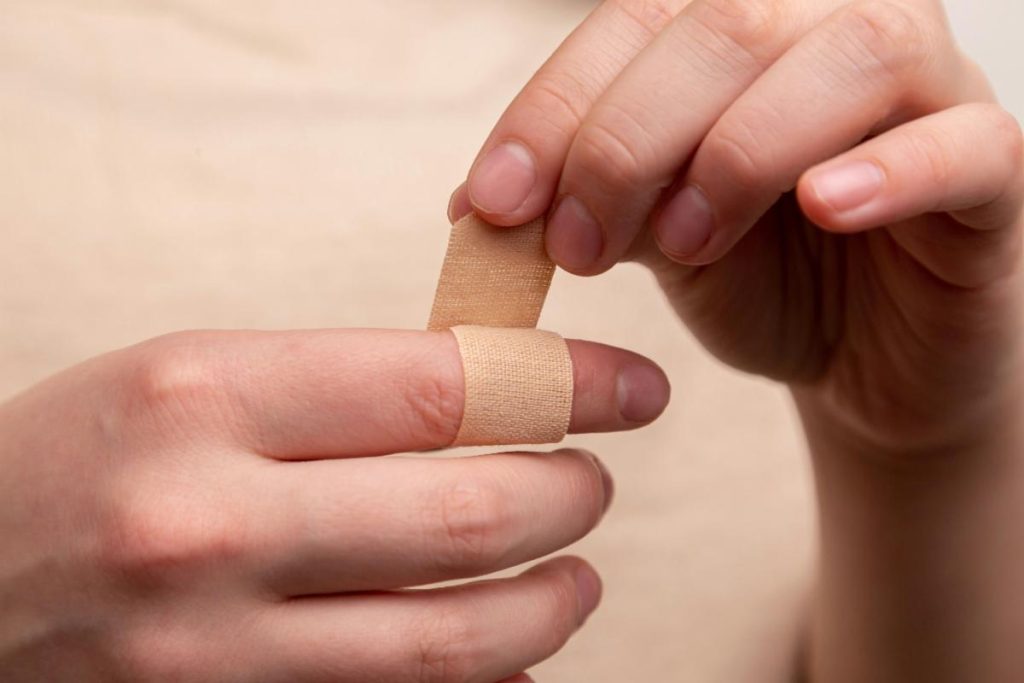
There are countless studies documenting the value of hope during a patient’s recovery from illness.
Findings regarding the positive impact of hope on health outcomes have been observed in with many different illnesses and medical conditions and across cultures.
And yet, in that same Psychology Today article The Tyranny of Hope, Goldberg writes about two patients who were each diagnosed with early signs of Alzheimer’s.
Each approached the situation differently.
One wanted a definitive diagnosis so he and his family could fully prepare for worst-case scenarios; the other chose to stay in the dark, believing it would make things more bearable.
Sadly, both men developed Alzheimer’s.
Goldberg reports that as horrible as the situation was for both, the one who chose to prepare traveled a far easier road than the one who opted to simply hope for the best.
In this case, unfortunately, Nietzsche’s assessment of hope may have been right.
Sometimes, knowledge trumps blind optimism.
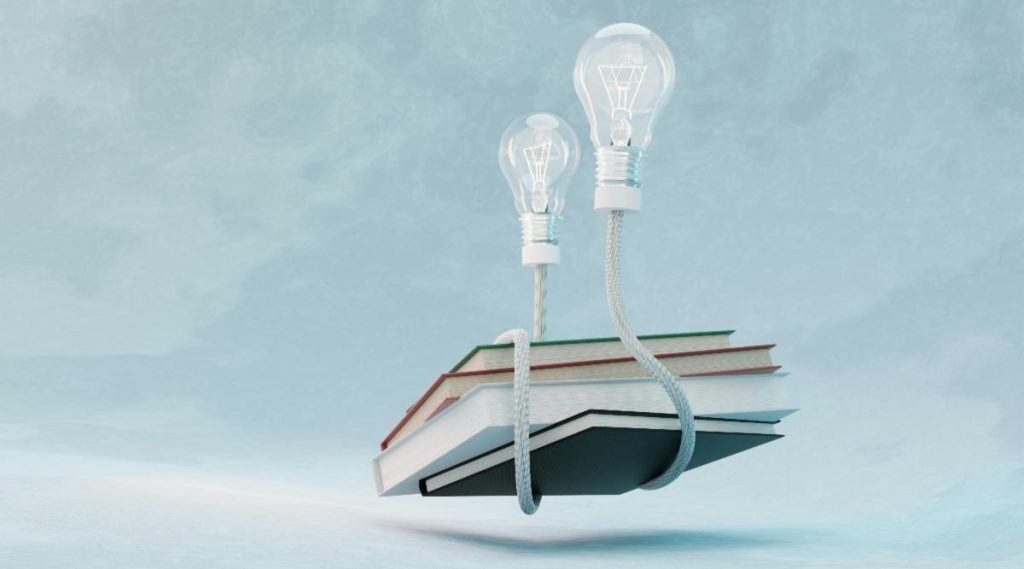
I spent more time than usual figuring out the title of this month’s new meditation HERE.
Ultimately, I settled on Beyond Hope.
I like its edgy optimism, its flirting with despair.
Indeed, you’ll recall that in Dante’s Inferno, the inscription at the gate of Hell famously reads:
“Abandon all hope, ye who enter here.”
Obviously, I don’t mean “beyond hope” in that way.
Instead, I want to use hope as a starting point, rather than have it serves as a final destination.
I want to go “Beyond Hope” by adding the elements of knowledge, action, and acceptance.
In this way, hope can shift from being a mere life preserver tossed from some mysterious Quantum Future, to a philosophy and a force we can fully apply in the present moment.
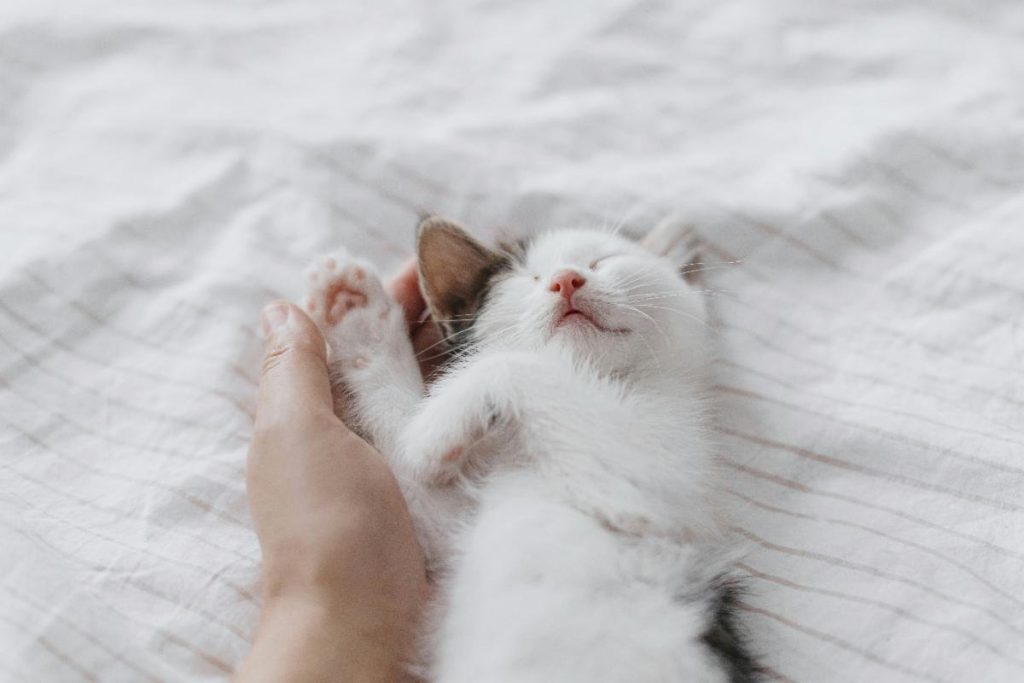
As another article in Psychology Today reports:
“While hope certainly involves our emotions,
hope itself is not an emotion.”
Instead, “Hope is a way of thinking or a state of being.”
This means it’s more like a skill, one we can develop and, in my case at least, redefine and strengthen.
Rather than using hope as a lifeline tethering our escape into the future––or that “thing with wings”––it can also beananchor, one that supports and grounds us in the vast eternal present.
And at the same time, like Schrödinger’s cat (both dead and alive), from that brighter future, Hope might also cast its light over our next brave but uncertain steps.
I really hope we can explore this together this month.
Namaste for Now,

